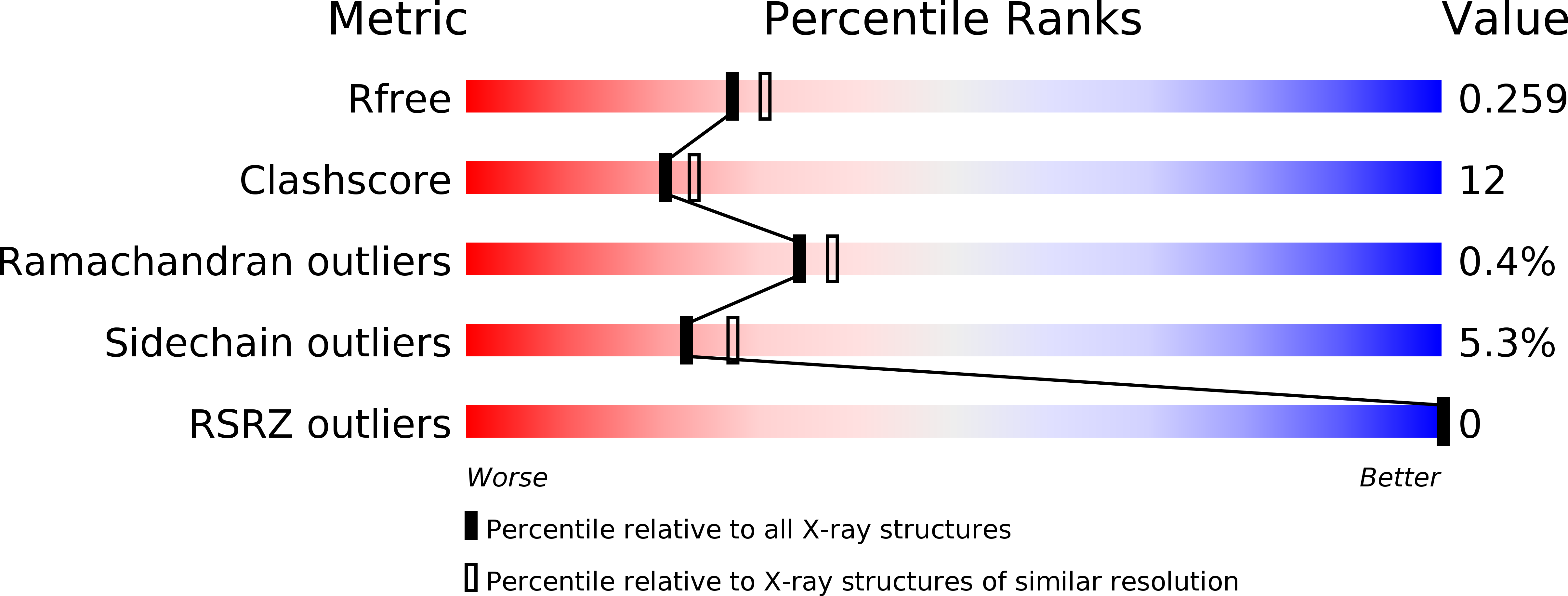
Deposition Date
2008-07-05
Release Date
2009-05-05
Last Version Date
2023-11-01
Entry Detail
PDB ID:
3DOO
Keywords:
Title:
Crystal structure of shikimate dehydrogenase from Staphylococcus epidermidis complexed with shikimate
Biological Source:
Source Organism:
Staphylococcus epidermidis (Taxon ID: 176279)
Host Organism:
Method Details:
Experimental Method:
Resolution:
2.20 Å
R-Value Free:
0.26
R-Value Work:
0.18
R-Value Observed:
0.19
Space Group:
P 1 21 1


